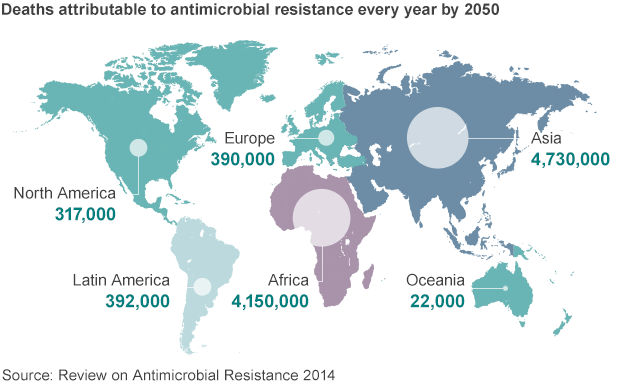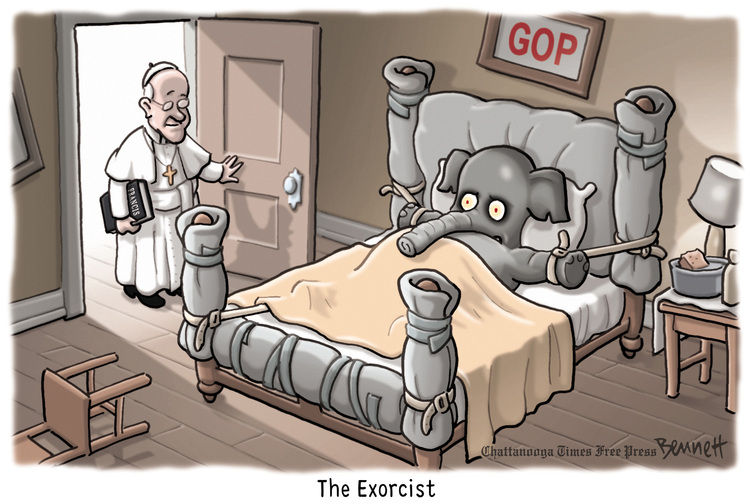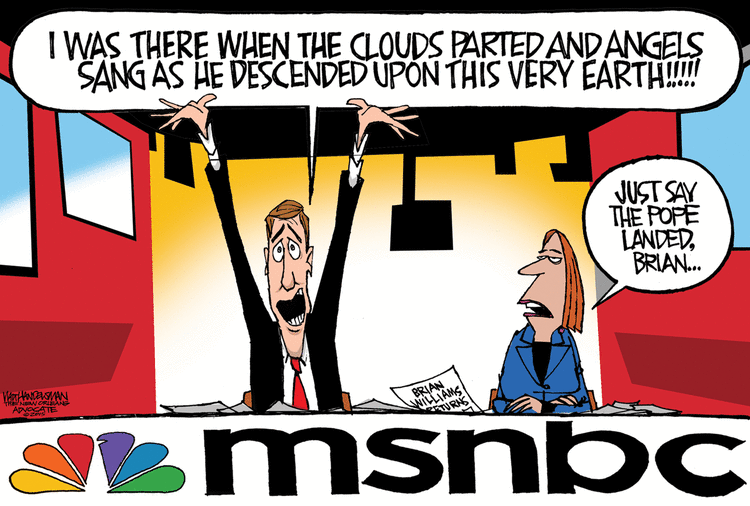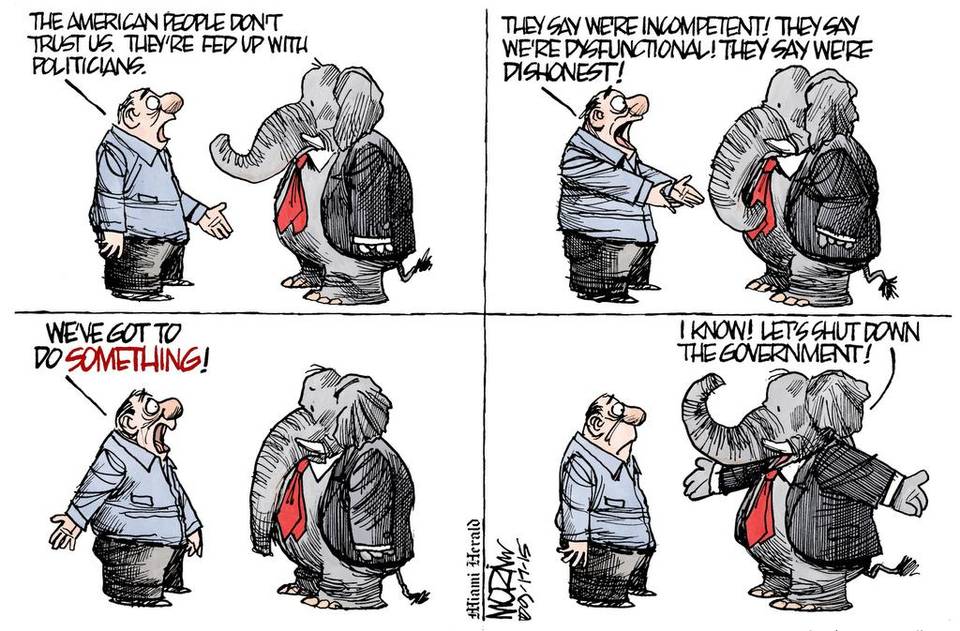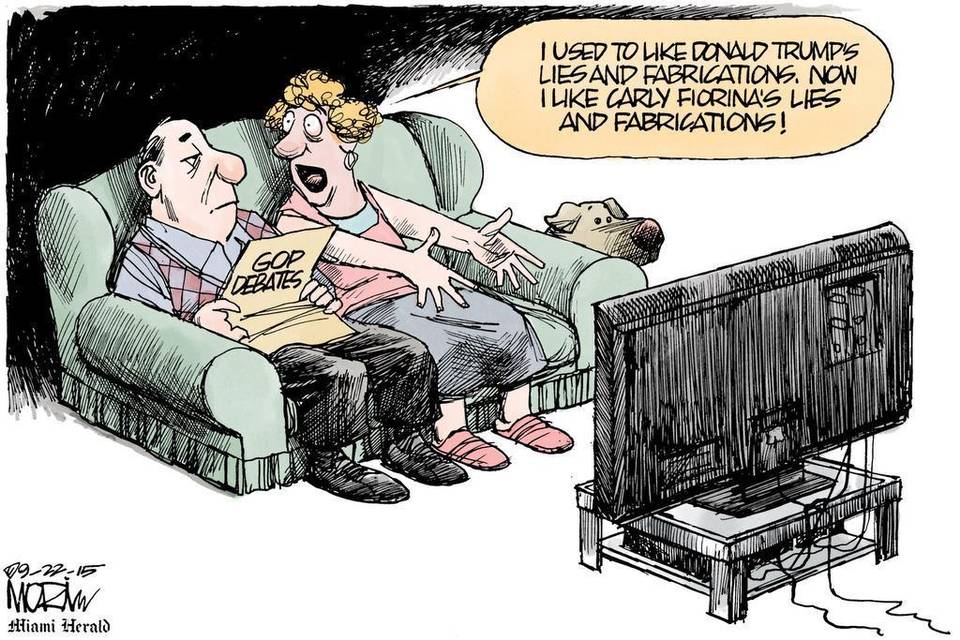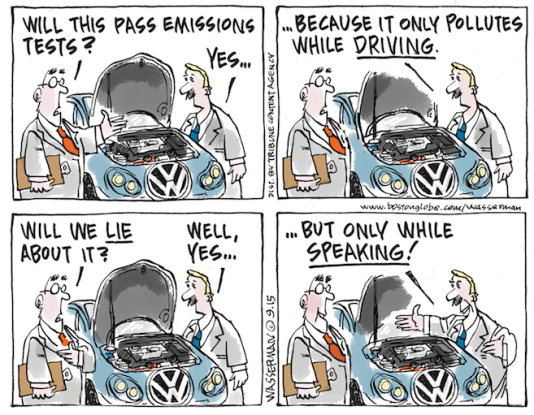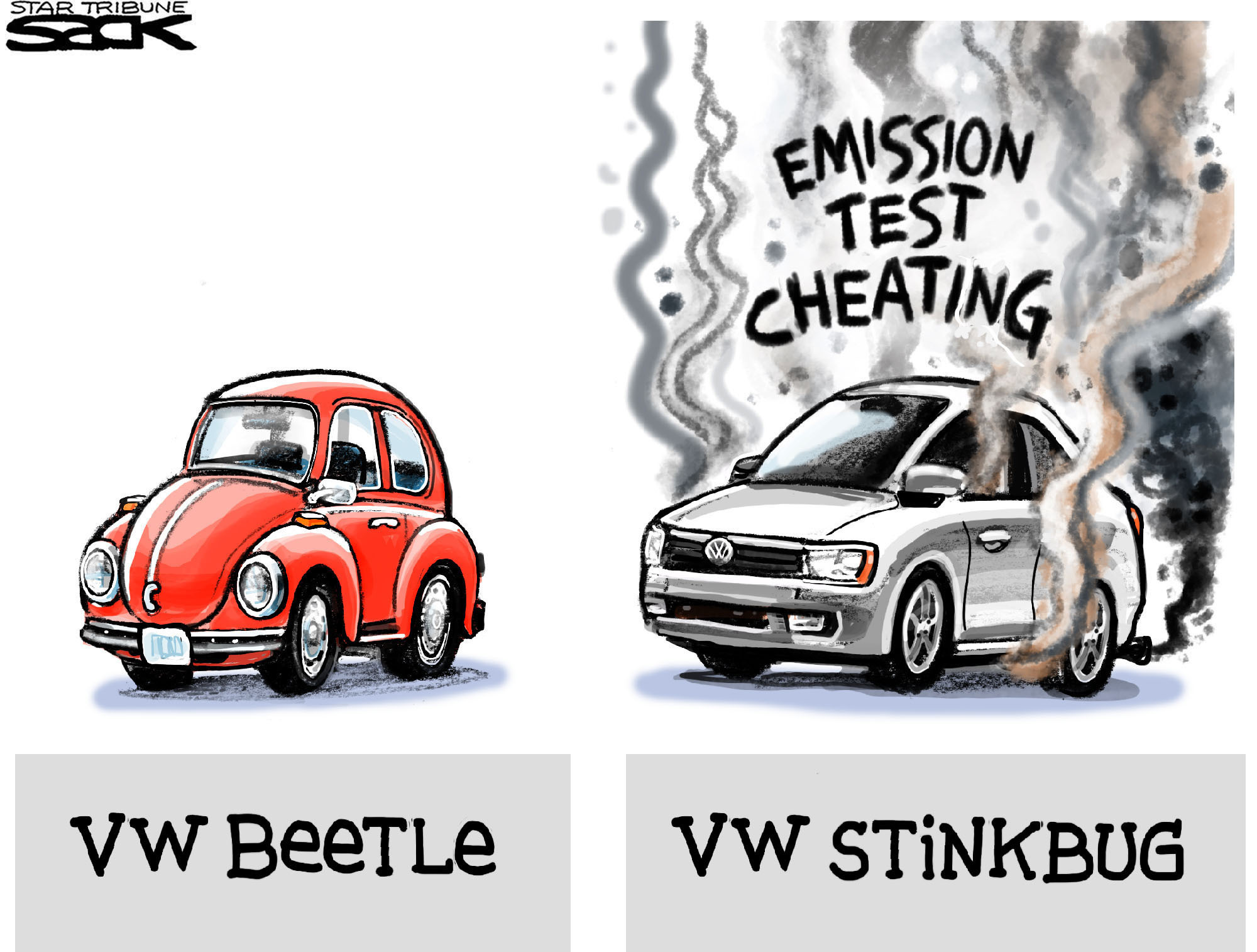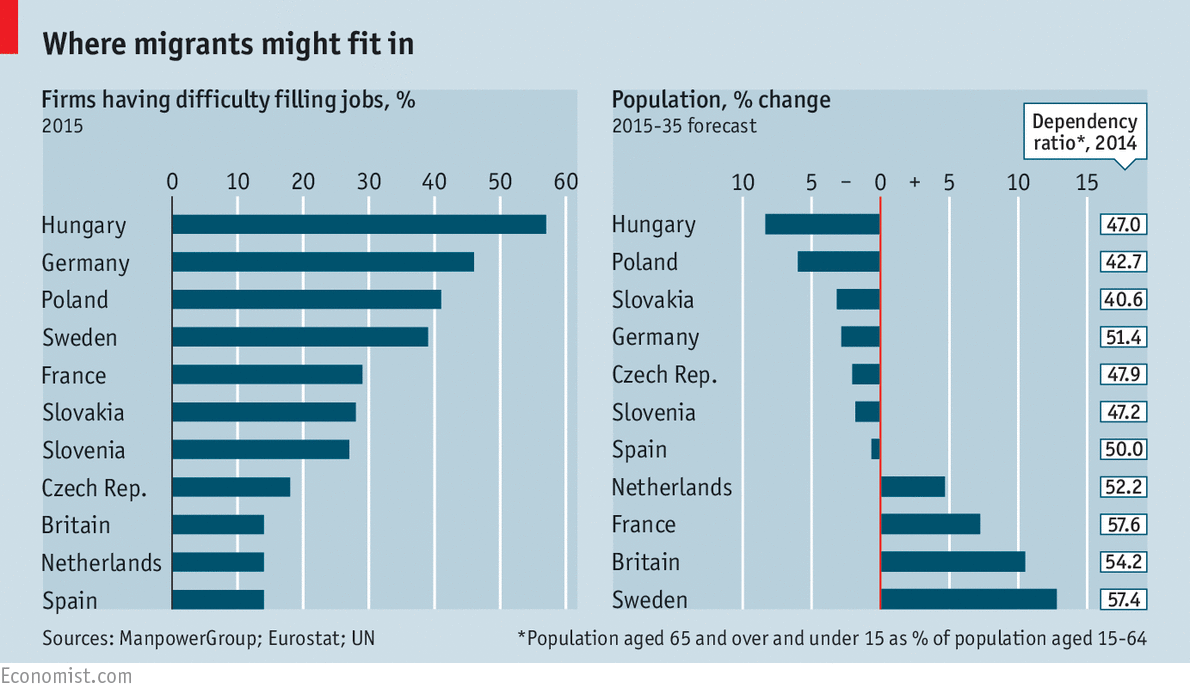Pacific Gas and Electric is America’s largest electric utility and the second largest gas utility measured by number of customers. You may remember that their gas pipeline exploded in 2010 in San Bruno CA, just south of San Francisco, killing 8, injuring 66, and burning down 38 homes. The legal fallout is still in the courts, with the trial scheduled to begin on March 8 in US District Court in San Francisco.
PG&E announced a price increase on December 30, when few would be paying attention. SF Gate carried the customer-friendly part of the announcement:
We want our customers and their families to know that we are here to help them make smart energy choices and save money whenever possible…
That’s corporate-speak for turn down the heater, put on another fleece, buy more efficient appliances, and find subsidies available to low-income households.
The increase was effective two days later, on January 1st. It will hike natural gas rates for the average residential customer by 4.0% and electricity rates by a stunning 8.5%, for a combined rate increase of 7%, the steepest since 2006.
Utilities raise prices all the time. But maybe a few things about PG&E’s price increase are worth a look:
• Natural gas prices have fallen steadily since 2008, much of the power PG&E distributes is generated by natural gas. In fact, in its third quarter financial statement, PG&E says its cost of electricity over the first nine months of 2015 dropped 8.8% year-over-year, and its cost of natural gas plunged 36%.
• The California Public Utilities Commission (PUC) agreed in 2014 to let PG&E collect an extra $2.37 billion in revenue from its customers over three years, through the end of 2016. The additional money will pay for maintenance and upgrades to PG&E’s sprawling electricity grid and natural gas pipeline network.
• PG&E pays quarterly dividends of $0.455 per common share. With 489 million shares outstanding, dividends for a year would amount to $890 million.So for the three-year period in question (2014-2016), this amounts to about $2.7 billion, which would have paid for the maintenance and upgrades of its system.
There’s more: In September, PG&E asked the PUC for another $2.7 billion in revenue increases for the three-year period of 2017-2019. That particular amount of money would be used ostensibly to prepare for natural disasters. But, as Wolf Richter reports, over the same period, PG&E would pay out another $2.7 billion in dividends.
The PUC, already under federal grand-jury investigation for its ties to PG&E about the San Bruno disaster, hasn’t voted on this increase. If PG&E had a real regulator, it would be forced to pay for maintenance and upgrades with funds it sourced from something other than rate increases. Particularly when its fuel costs are plunging, and it’s paying out an $890 million annual dividend.
PG&E’s is following the “maximize profits and shareholder value” dictates of a modern market-driven corporation. But in the case of private utilities, the state regulator is supposed to review rate applications and ensure the company is not reaping excessive profits and is charging fair prices.
That the CA PUC allowed these price increases perhaps demonstrates incompetence, or excessive favoritism. Help may be on the way: SF Gate reports that Gov. Jerry Brown shook up the five-member utilities commission, nominating one of his former top advisers, Michael Picker, to be its new president. He also nominated Liane Randolph from the state’s Natural Resources Agency to join the commission. So, perhaps the back-room deals are over, but Californians will have to wait and see.
Capitalism, like any game, needs referees who are beyond influence. The clear operating strategy of the “free market capitalists” is to have regulators of all stripes squeezed by lower funding and by packing the regulatory boards with industry insiders. Far too many of the referees (regulatory agencies) are insiders in the industry game.
Maybe there is help on the way in California. If not, maybe it’s time to put a few corporate heads up on pikes in the California sun!

